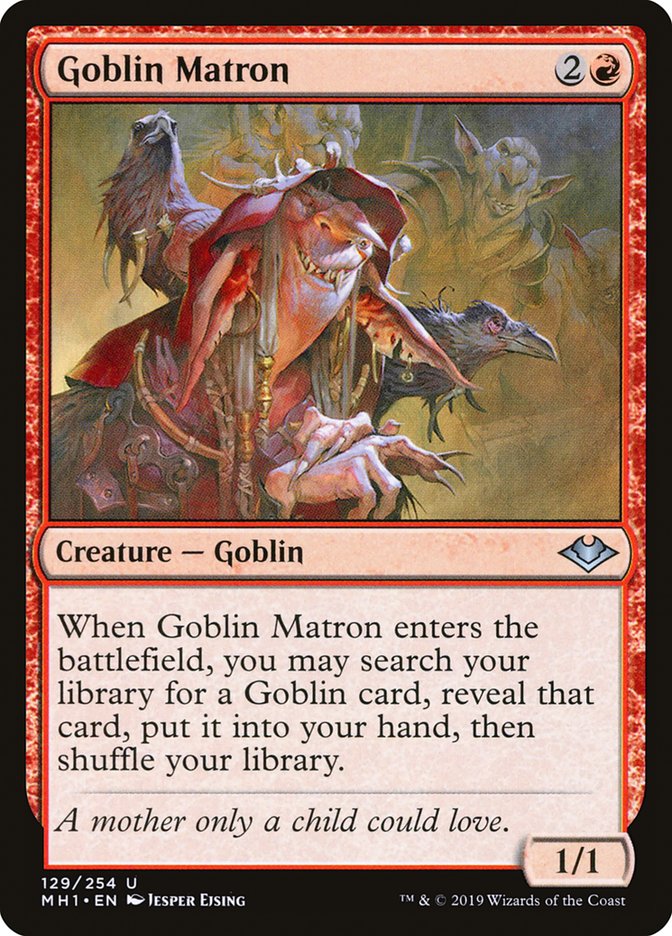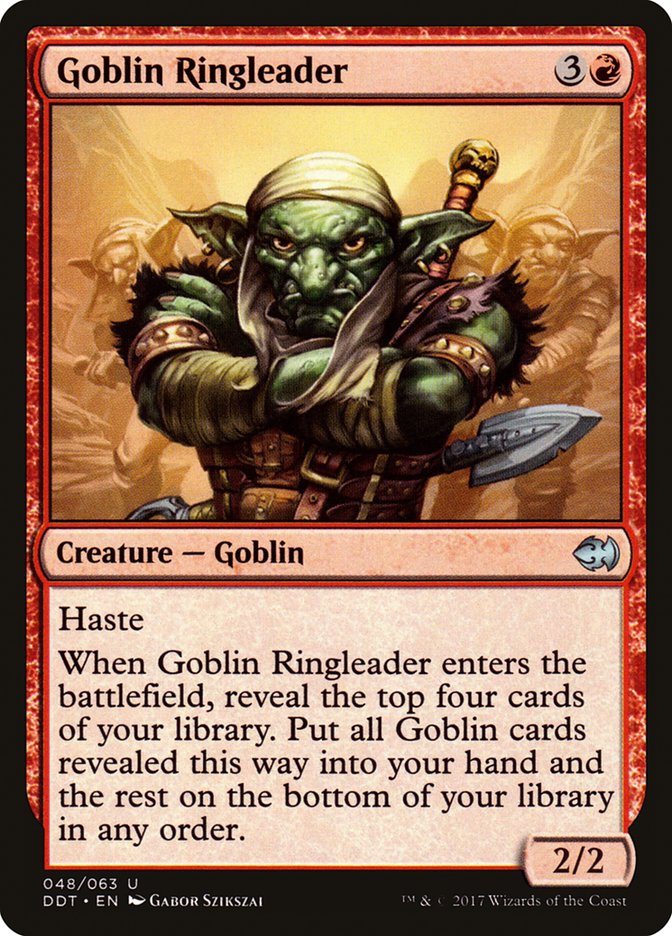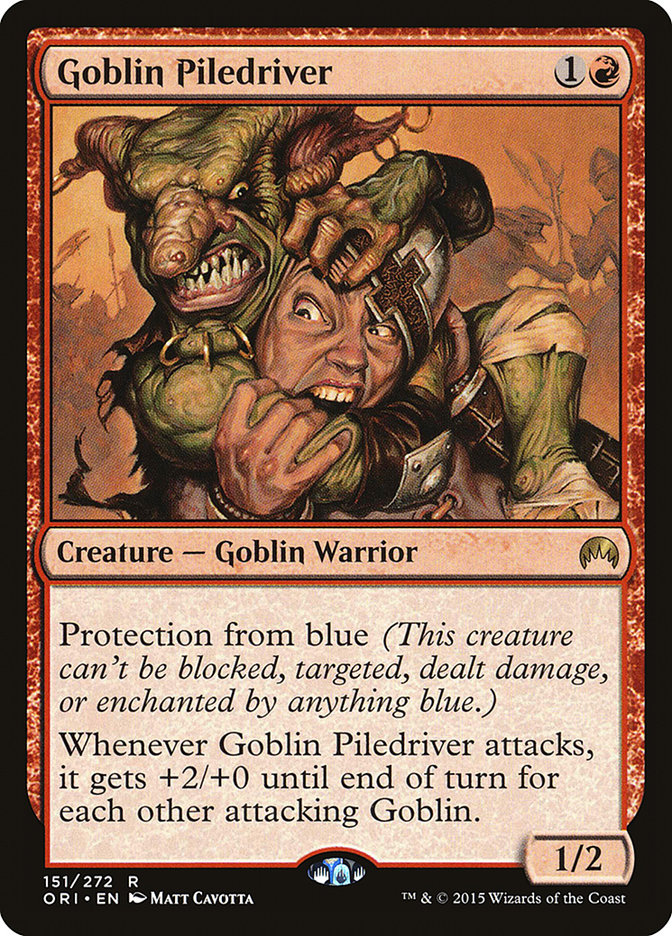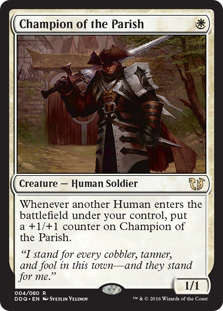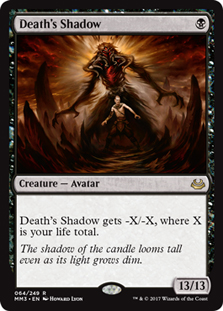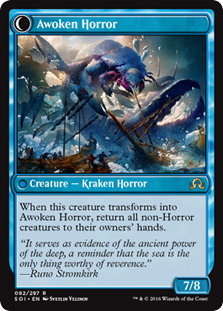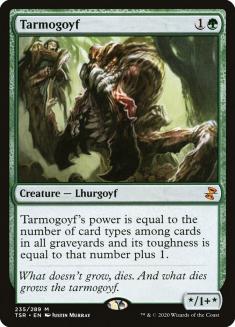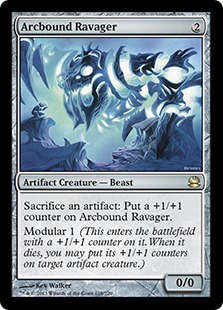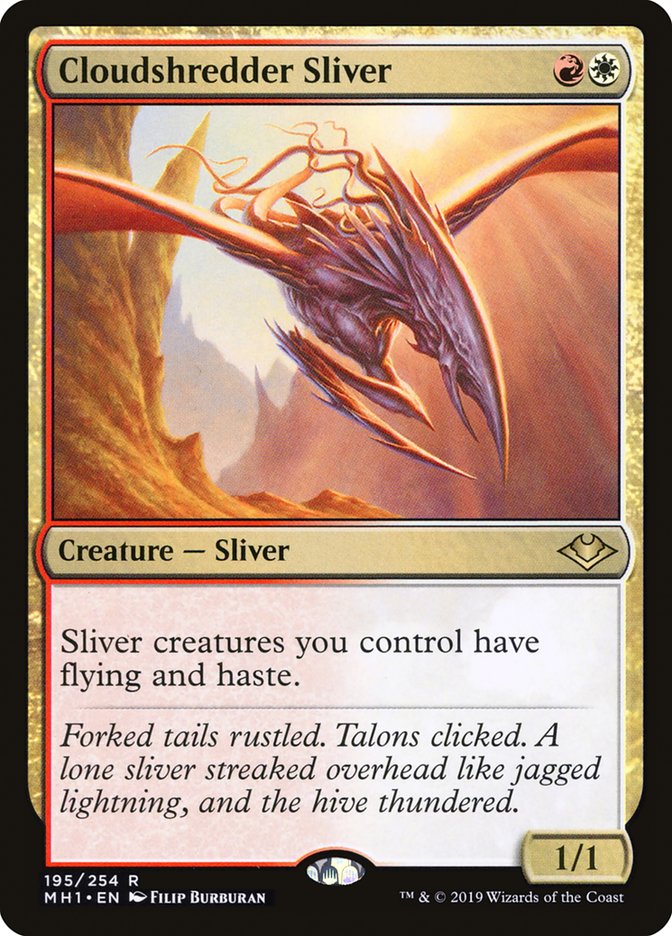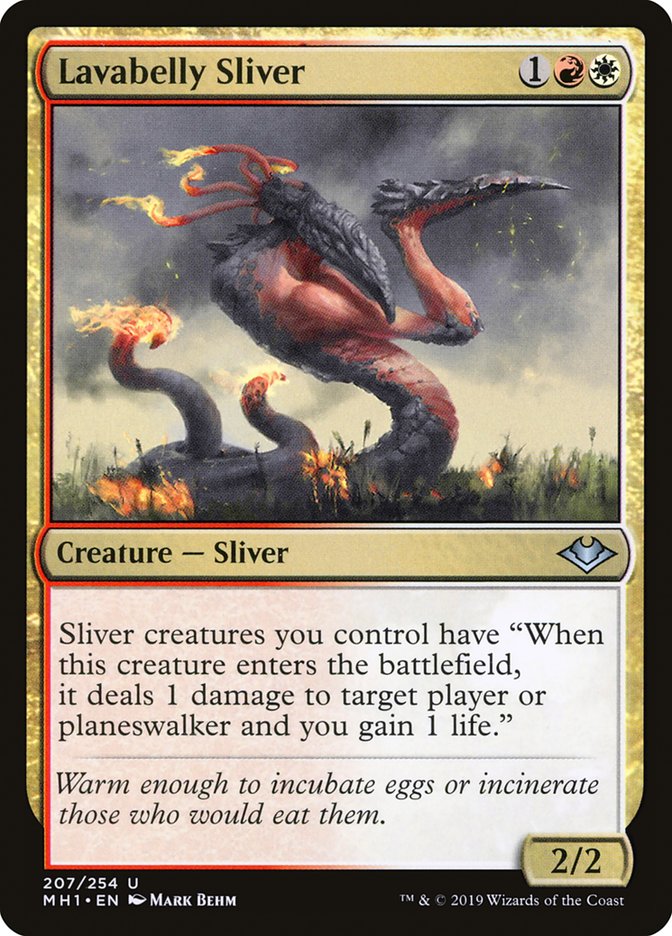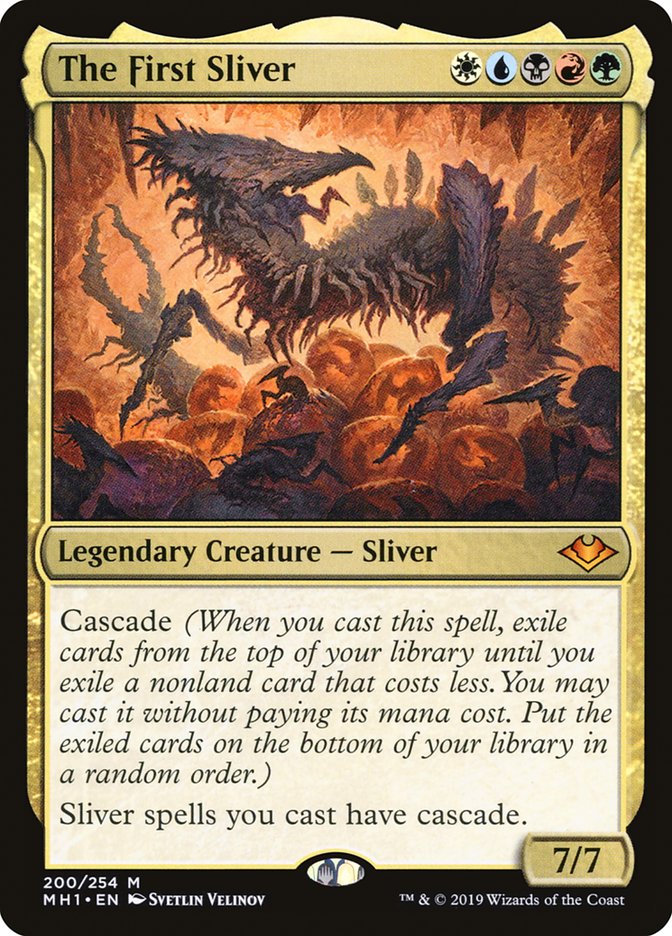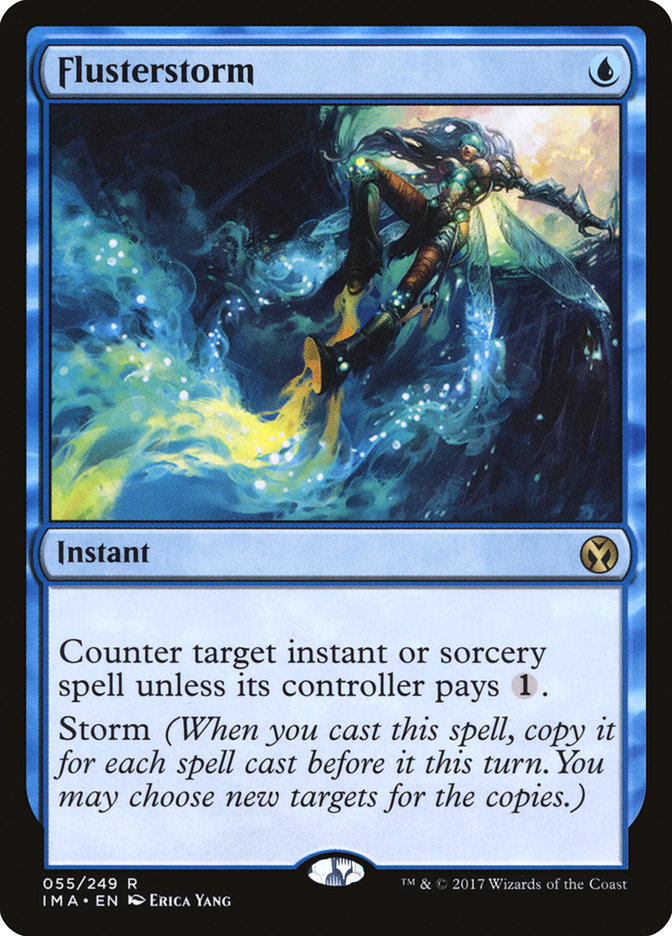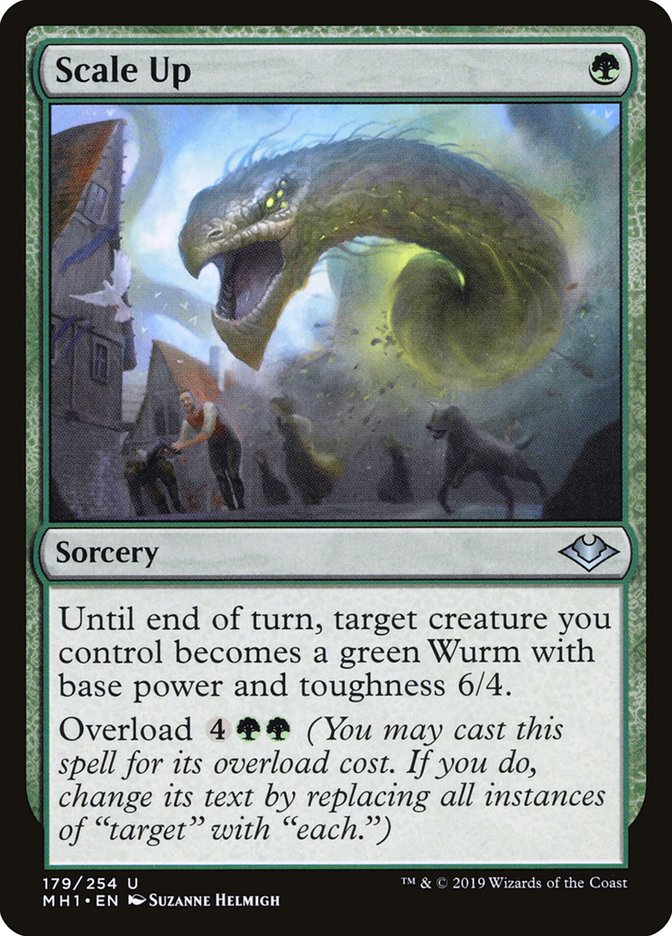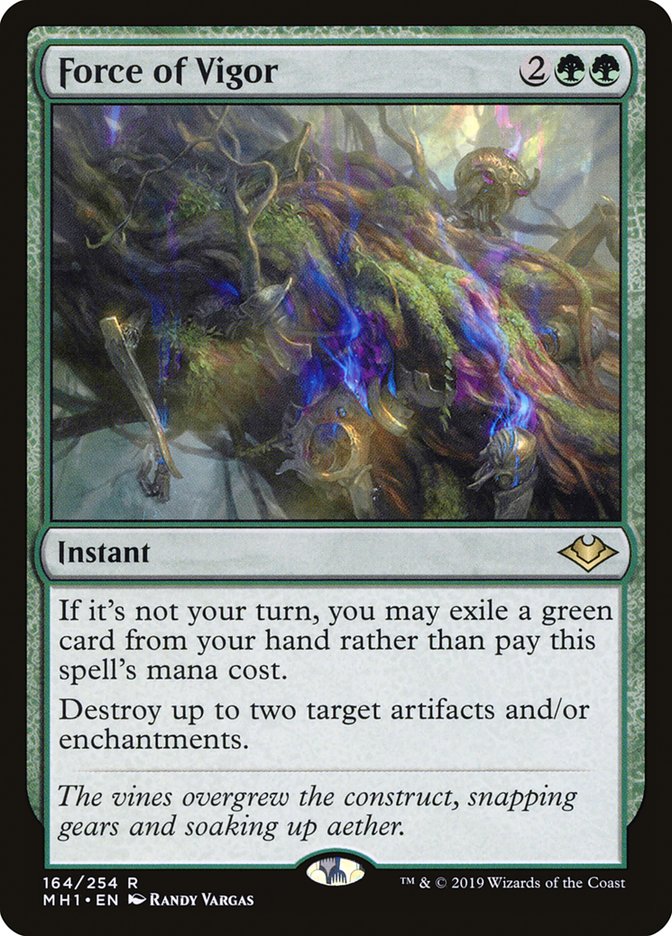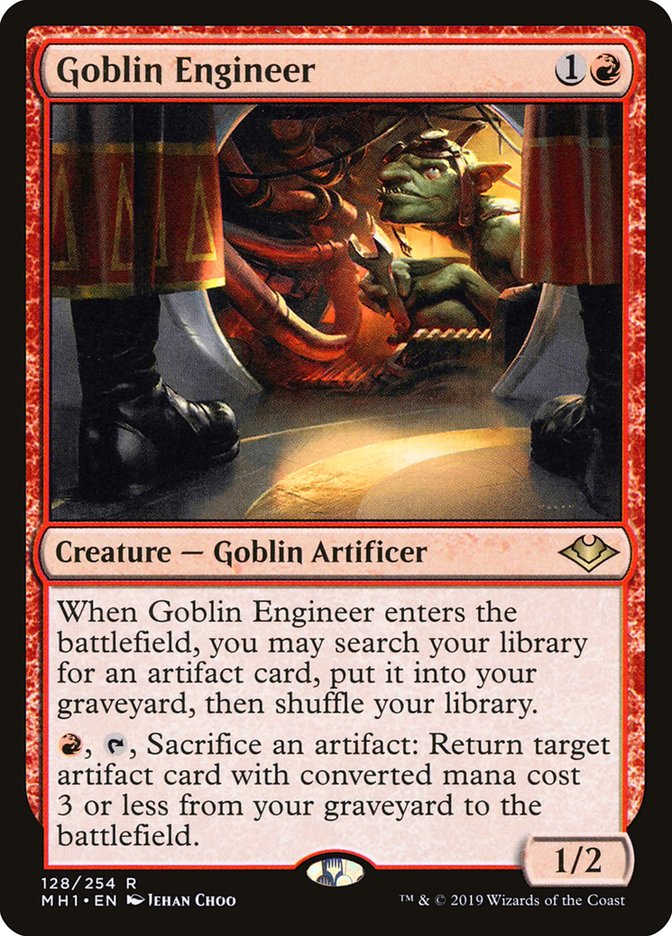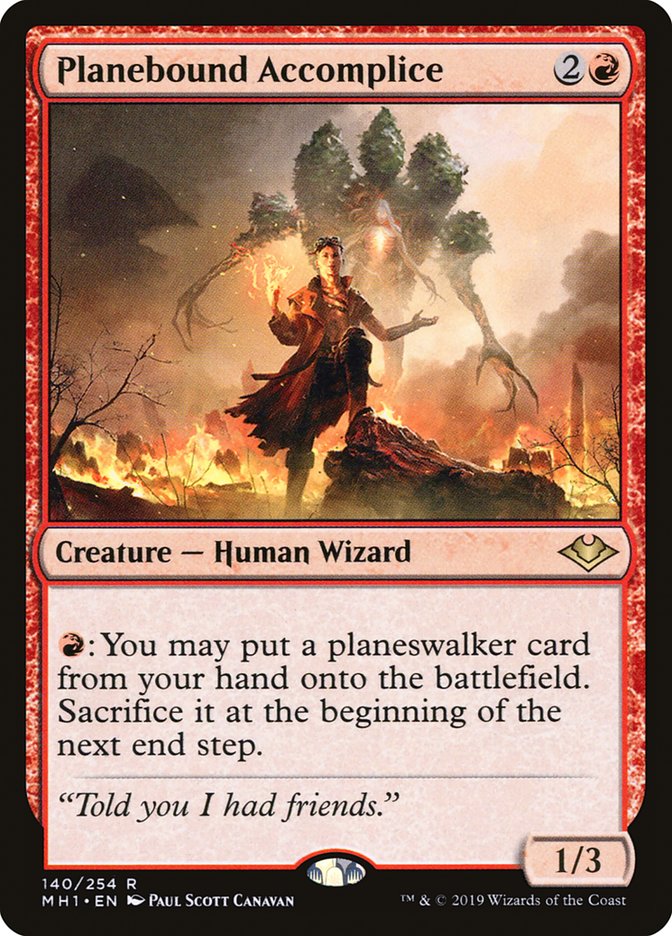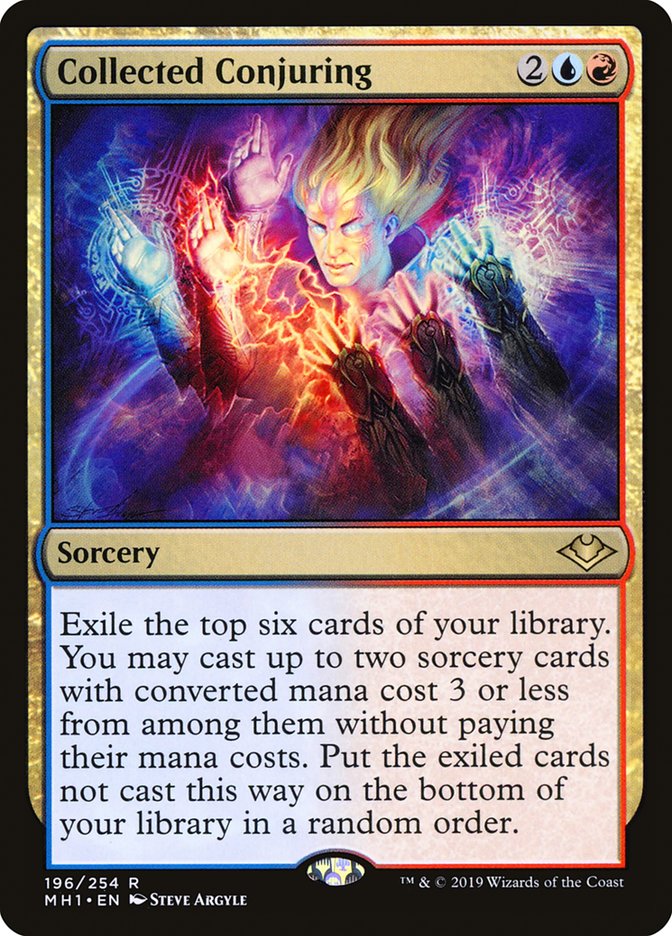It’s so close I can taste it. Modern Horizons is hitting shelves on June 14, and that means that the full visual card list will be available any day now. Naturally, the internet is abuzz with first impressions of how things are going to shake out, and there are a handful that just aren’t quite sitting right.
Some are a bit harder to parse and could end up breaking either way, but some feel like there’s a bit of a disconnect in how cards work with one another on a fundamental level. Rather than being confrontational about all the specifics, it seems better to be honest with how things are going to work with Modern Horizons. This way, players can have a better idea of how the cards they’re planning on preordering are going to work, one way or another.
So let’s dive in some with low-hanging fruit:
Goblins Still Suck
Unfortunately, Goblin Matron isn’t going to be pushing the Goblins archetype over the top anytime soon. The time when Matron’ing for a Matron and so on until the endless stream of dummies overcame other creature decks has mostly come to a close. Why?
The biggest reason is that the payoffs aren’t really there.
This time twenty years ago, Goblin Piledriver had protection from what was obviously the best color in Magic. Giving it haste with Goblin Warchief meant that it wasn’t that difficult to slam a creature that was effectively upwards of fifteen power in the first few turns of the game was going to be good enough.
Now?
Times have changed. More colors have access to good removal and the format has adapted to powerful, cheap creatures:
Whenever building a tribal deck, there are significant deckbuilding sacrifices that are made and those sacrifices have to be worth it. Every time that you spend a draw step on something like Goblin Matron, you’re not spending it on a more versatile card that’s simply good in a more traditional sense.
Modern has more or less adapted to a point at which it is able to interact with creatures on the battlefield effectively enough that playing cards that synergize well with one another isn’t going to be good enough. Today’s successful tribal decks in Modern are decks that are a pile of creatures that are above-rate on their own, while also having some interlocking tribal synergies that happen to play well with one another.
This is why Humans is far and away the most successful tribal deck in the format. The only cards that actually care about the fact about the word “Humans” are Champion of the Parish and Thalia’s Lieutenant. Thalia, Guardian of Thraben is a good card on its face, Kitesail Freebooter is a reasonable two-drop on its own, and Noble Hierarch is a good card that happens to be a Human.
Taking all of that into account….
Slivers Has the Requisite Number of Rate-Cards to Be a Contender
Affectionately referred to as “Meathooks” from time to time, Slivers has been a deck that has shown up from time to time, even making its way into the annals of The Best of SCG. It had somewhat fallen out of favor, with the biggest problem being the format naturally reacting to Humans – the more ready people are to combat a flurry of small creatures, the worse that the low-impact cards in the deck are going to look.
Cloudshredder Sliver is a much-needed upgrade to Galerider Sliver, providing a bunch of reach in a style of deck that’s always going to want ways to punch through its last points of damage. This doesn’t mean that Galerider Sliver is completely unnecessary, but cards like Cloudshredder Sliver are going to be better to find by virtue of their contributing more to the hive. The redundant instances of evasion are naturally incredible and knowing that Blur Sliver won’t ever see the light of a Modern tournament again is just gravy.
Lavabelly Sliver, on the other hand, actually goes as far as adding something new to the deck: an axis of interaction. Sure, pinging something each time a Sliver enters the battlefield may seem underwhelming, but what if there are two copies of this card? What if a copy of Collected Company resolves?
The beauty of Lavabelly Sliver is that it does something that many of its creatures can’t: it boasts increasing returns. This is relevant because a fairly large number of Slivers have diminishing returns, in that their abilities aren’t good in multiples. It doesn’t matter how many instances of flying a Sliver has because it still only has flying. The triggered ability on Lavabelly Sliver stacking with multiple copies is fairly enormous.
So what does a deck with these cards look like?
Creatures (32)
- 2 Gemhide Sliver
- 1 Harmonic Sliver
- 4 Sedge Sliver
- 4 Sinew Sliver
- 4 Predatory Sliver
- 2 Galerider Sliver
- 3 Manaweft Sliver
- 4 Diffusion Sliver
- 4 Lavabelly Sliver
- 4 Cloudshredder Sliver
Lands (19)
Spells (9)

The beauty of Slivers is that they have so many effects that are incredible in a sideboard, including a card that’s nigh-impossible to grind through:
Not being a hit for Collected Company is obviously an issue, but the fact that it makes every Sliver cast worth X bodies, where X equals its converted mana cost, it simply incredible. Slivers is one of the decks that doesn’t get tools frequently, but it’s very much worth double-checking when it does.
Flusterstorm Isn’t Good
When drafting up this article, I originally was going to state that Flusterstorm is just a souped-up copy of Spell Pierce, and then realized that that wasn’t even true. In a format that’s traditionally as linear as Modern, Flusterstorm is actually just Dispel and Invasive Surgery in a trench coat.
Just glancing over the top decks in the format, Flusterstorm basically doesn’t have text against Humans, Mono-Green Tron, Amulet Titan, and the Mox Opal decks. It technically has a textbox against Izzet Phoenix, Burn, and Dredge. It is actively a better-than-fine card against Azorius Control.
So it’s a sideboard card. Neat.
If we end up in a position that Storm is the one of the better things to be doing, Flusterstorm is a great way at mixing Dovin’s Veto with a one-mana hard counter, but until then, it probably won’t see a ton of play. It’s so much better against control decks to simply combat them with diversified threats or card advantage engines that trying to prolong the game with things like Flusterstorm won’t be particularly reliable – especially when their card advantage engines have been taking the form of planeswalkers and they’ve been shaving on Cryptic Command.
Scale Up Is Barely Good Enough
All right, team, let’s have a talk: Scale Up might not even make it into Modern Infect.
It’s easy to think about how scary it is for Scale Up to end up killing somebody with a Glistener Elf and another spell on the second turn. Think about what it takes for that to happen:
- Glistener Elf isn’t taken out of hand via hand disruption or dead on arrival.
- The opponent can’t cast a chump blocker to embarrass your sorcery.
- Scale Up has to be paired with exactly a Might of Old Krosa, a Groundswell, or two copies of Mutagenic Growth.
Going down the list of those factors, most decks have some way of killing a 1/1 creature or are creature-based, and games in which an Infect player has untapped with a Glistener Elf and multiple pump spells, without their opponent killing the Elf or producing a blocker, are what we Infect pilots call “easy mode.” That’s to say that Scale Up isn’t really doing that much that the deck wasn’t doing already. It’s just providing a layer of redundancy.
Infect choosing to include Scale Up is going to come at the cost of its interaction, or cards that work well in multiples. It’s a powerful effect, to be sure, but it isn’t the unbeatable compleationist that people have seemed to convince themselves that it’s going to be.
Wizards of the Coast Underestimated This Set’s Impact
When Modern Horizons was first announced, one of the stated goals was to give tools to some archetypes that were barely on the outside of being competitive, and possibly touch on some problems in the format. It was specifically stated that this set isn’t intended to have a pile of Modern staples and completely reshape the format, but to shift it slightly.
It seems unreasonable, however, to expect for a set like this to both be designed with Modern’s power level in mind and also not create new archetypes and possibly invalidate the old iterations of some decks.
Something like Force of Vigor is a good card to introduce to the format, because it fundamentally plays well against one of the most common gripes against Mox Opal: the fact that it cranks things out ahead of schedule.
On the other hand, a ton of cards being added with Modern Horizons throw up red flags. The biggest concern with these kinds of cards is that they’re going to increase as Modern’s card pool expands and they aren’t that difficult to break. Whenever something is printed as an open-ended tutor, or card that cheats on the mana costs of a certain kind of spell, it automatically has one of two effects: it either bottlenecks the cards of that type that can be printed or runs the risk of becoming degenerate.
Sure, they might be okay today, but it isn’t too hard to think of something adjacent to Eggs or Ironworks for Goblin Engineer to crack, or for a planeswalker to see print that a single turn on the battlefield is going to be broken for a single mana, or that Collected Conjuring can be looped and create some sort of combo deck. Stoneforge Mystic is on the Banned List and only cares about a piece of a piece of Magic cards.
Taking these risks is likely good over time, as powerful cards are more fun than weak ones. That being said, it seems slightly disingenuous to imply that cards with this power level aren’t going to leave the format irrevocably different from before.


